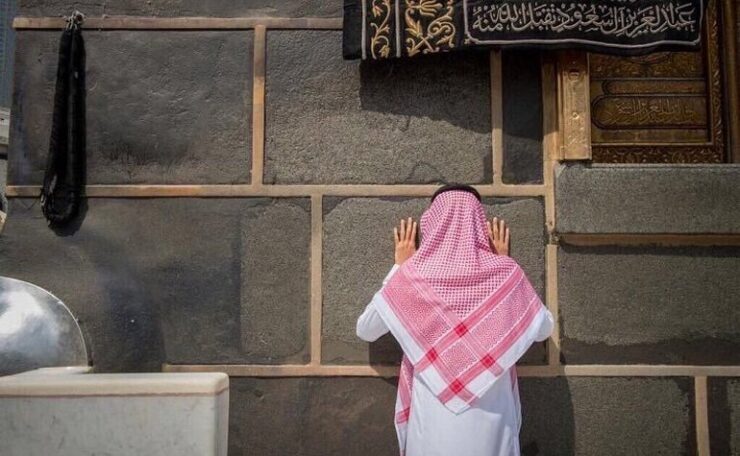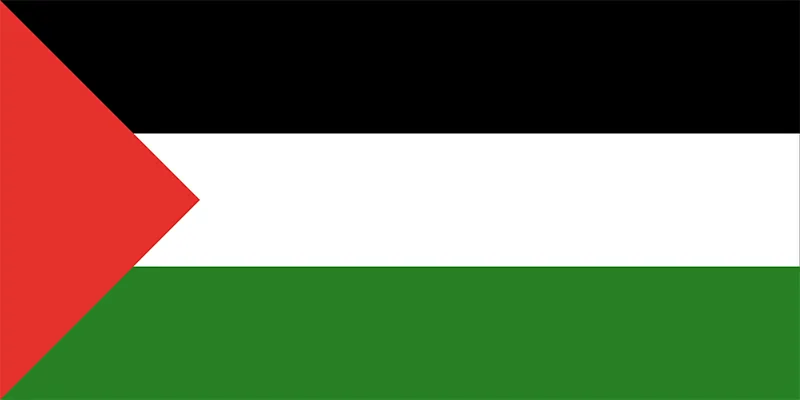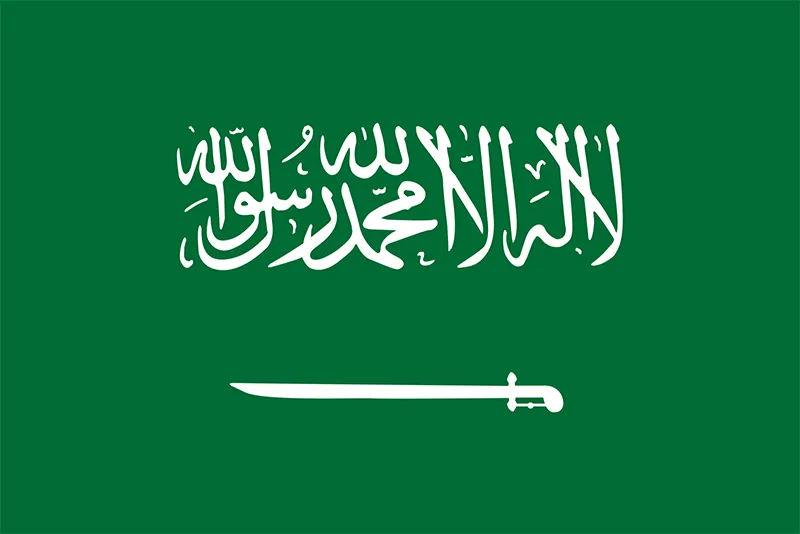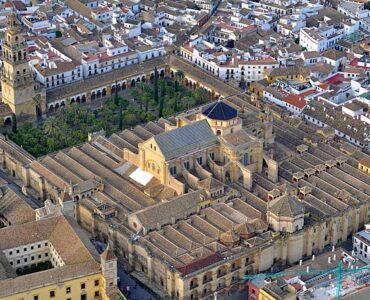The area between the Hajar al-Aswad and the Door of the Ka’bah is called the Multazam (Arabic: ملتزم). It is approximately two metres wide and is a place where du’as (supplications) are accepted.
Du’as are accepted at the Multazam
- The Multazam is an area where du’as are accepted. It is sunnah to hold on to the wall of the Ka’bah in such a manner that a cheek, chest and hands are against the wall. This action is known as ‘Iltizam’.
- It is reported that Abdullah bin Umar (رضي الله عنه) once completed the Tawaf, performed the salah and then kissed the Hajar al-Aswad. Thereafter, he stood between the Hajar al-Aswad and the door of the Ka’bah in such a manner that the cheek, chest and hands were against the wall. He then said, “This is what I saw Rasulullah (ﷺ) do.”
- Abdullah bin Abbas (رضي الله عنه) says, “The signs of acceptance for any du’a made between the Hajar al-Aswad and the door of the Ka’bah will certainly be seen.” [Akhbaar Makkah by Faakihi – Hadith 23]
- Mujaahid (رضي الله عنه) says, “The area between the Hajar al-Aswad and the door is called the Multazam. Allah will grant a person whatever he asks for there and save him from whatever he seeks refuge from there.” [Akhbaar Makkah by Faakihi – Hadith 238]
The area which makes up the Multazam


References: The History of Makkah Mukarramah – Dr. Muhammad Ilyas Abdul Ghani
















